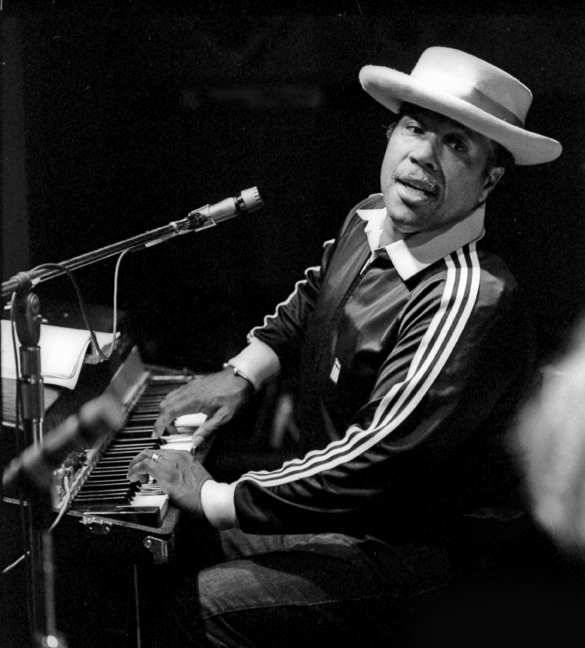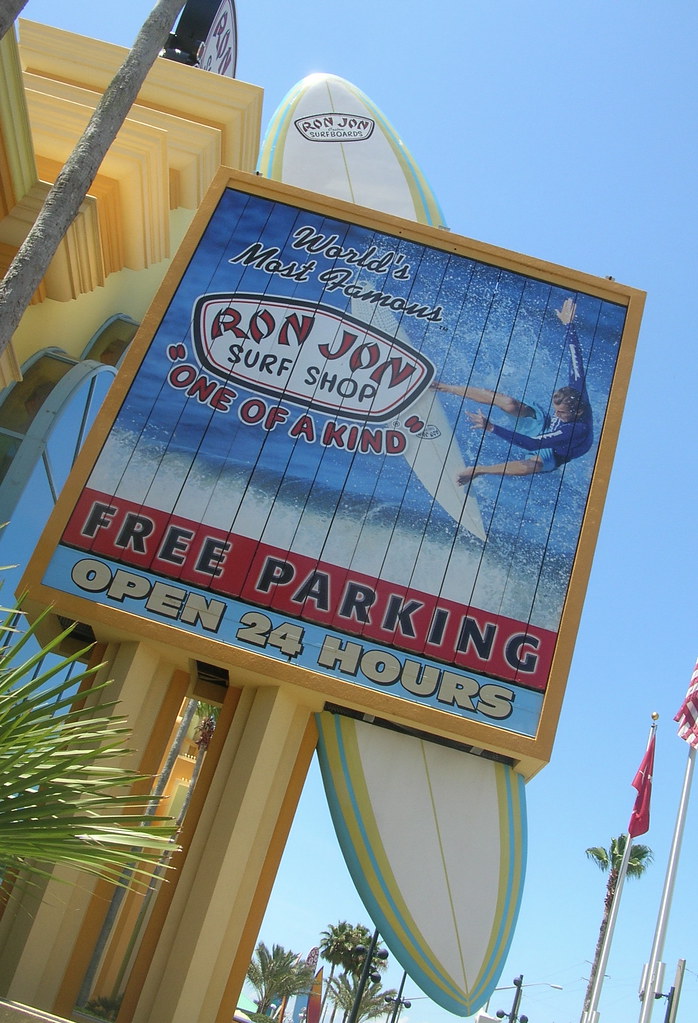
The world of retail and surf culture mourns the passing of a true icon, Ron DiMenna, the visionary founder of the Ron Jon Surf Shop chain, who died at the age of 88. DiMenna, whose life was aptly described as “the stuff of folklore, some true, some exaggerated, but never dull and never ordinary,” revolutionized a niche pastime into a globally recognized lifestyle. His journey from selling surfboards out of his car to establishing one of the world’s most iconic surf- and beach-themed retail stores is a testament to his entrepreneurial spirit and profound understanding of an evolving cultural landscape.
DiMenna’s death, which occurred on September 6, 2025, at his home on Merritt Island, Florida, marks the end of a remarkable chapter in American retail and the history of surfing. Friends and colleagues remembered him as a “free spirit” whose love for the beach and the sport of surfing endured throughout his life, shaping not only his personal endeavors but also the aspirations of countless enthusiasts. His grand vision, as noted by close friend Jack A. Kirschenbaum, a retired Cocoa Beach attorney and avid surfer, “appealed to hardcore surfers and tourists alike, turning the giant Cocoa Beach store into another must-see Florida destination.”
This article delves into the foundational aspects of Ron DiMenna’s illustrious career, tracing his path from humble New Jersey beginnings to the establishment of a surf retail empire. It explores the pivotal moments and strategic decisions that not only built a successful business but also cemented surfing’s place in mainstream culture, creating a legacy that continues to resonate with millions worldwide. His journey illustrates a rare blend of business acumen, passion, and an uncanny ability to foresee and shape cultural trends.
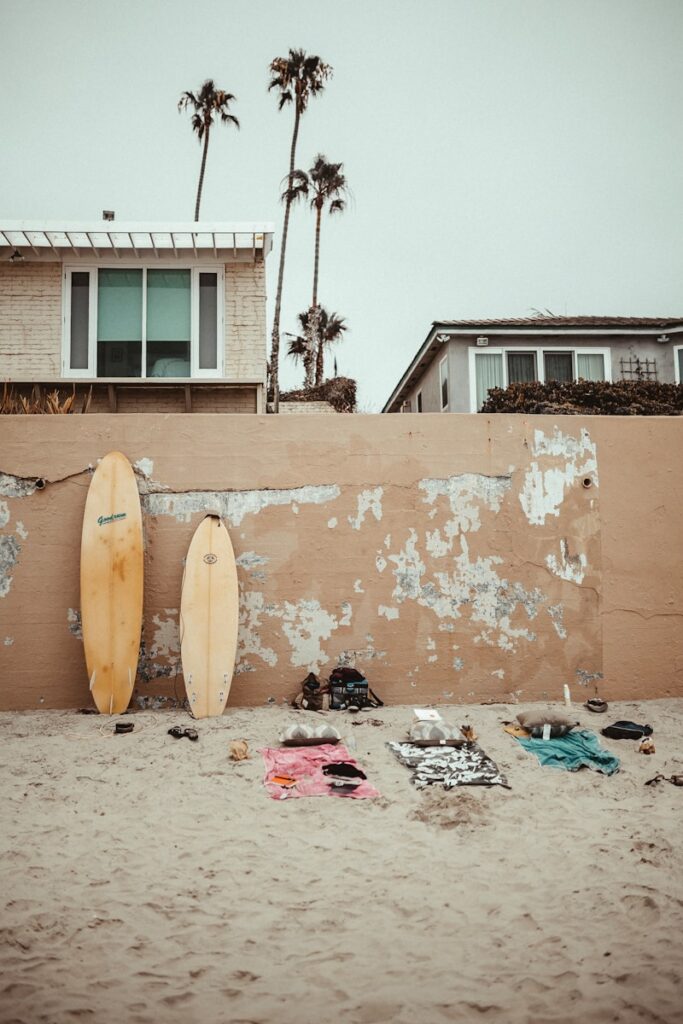
1. **Early Life and the Genesis of a Surfing Dream**Ronald Eugene DiMenna was born in Newark, New Jersey, on August 23, 1937, and grew up in Manahawkin, near Long Beach Island on the Jersey Shore. His early life was shaped by practical experiences, including working in his father, Felix DiMenna’s, grocery store, a foundational experience that likely instilled an early understanding of commerce and customer interaction. After serving in the U.S. Marines, a period that undoubtedly shaped his discipline and resolve, DiMenna returned home, poised for a new direction.
His introduction to surfing in the late 1950s was a transformative moment, igniting a lifelong passion that would define his future. This newfound interest was facilitated by a neighbor, the Rev. Earl Comfort, pastor of the Manahawkin Baptist Church, with whom DiMenna began crafting custom surfboards from foam and fiberglass in the pastor’s garage. This hands-on experience not only deepened his understanding of the sport’s equipment but also sparked the entrepreneurial flicker that would soon burn into a retail empire.
The oft-told anecdote of his father’s advice became a guiding principle for DiMenna’s nascent business ventures. When Ron expressed a desire for a more sophisticated fiberglass board manufactured in California, his father sagely suggested, “Buy three, sell two at a profit and yours will be free.” This practical wisdom served as the catalyst for DiMenna’s entry into the business world, marrying his personal passion with an ingenious strategy for self-sufficiency and profit.
This early period of his life demonstrates the foundational elements of DiMenna’s success: a combination of a burgeoning personal passion, the practical skills gained from his upbringing, and an innate knack for identifying opportunities. It underscored his ability to transform a personal interest, then considered a novel activity practiced in specific locales like Florida, California, and Hawaii, into a commercial enterprise with significant potential. His willingness to act on simple, yet profound, advice laid the groundwork for an extraordinary career.
Read more about: Mike Hynson, Archetype of the Maverick Surfer and ‘The Endless Summer’ Star, Dies at 82: A Legacy of Waves, Rebellion, and Enduring Influence
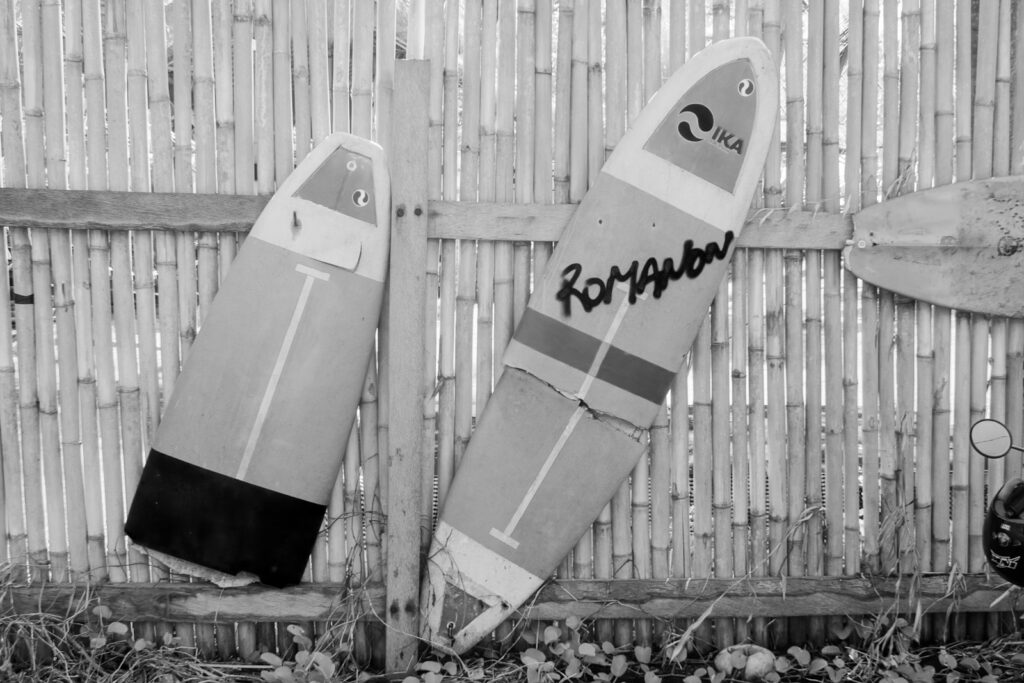
2. **The Humble Beginnings: Launching Ron Jon Surf Shop in New Jersey**With his father’s advice serving as a pragmatic blueprint, Ron DiMenna embarked on his entrepreneurial journey in 1959 by selling surfboards. Initially, he operated out of his father’s grocery store, and later, the trunk of his car, demonstrating an early resourcefulness and a direct approach to market his products. This direct-to-consumer model allowed him to connect with early adopters of the sport and understand their needs intimately.
Building on this initial success, DiMenna established the first physical Ron Jon Surf Shop in 1961 at Ship Bottom on Long Beach Island, New Jersey. This inaugural store, at just 24 years old, was a modest cinder-block building, far removed from the sprawling retail temples that would later bear his name. The decision to name the shop “Ron Jon” was a personal one, reportedly honoring his son, Jon, who was born in 1959 and who tragically passed away in 2008.
This initial location quickly became a landmark on Long Beach Island, embodying the burgeoning surf culture of the Jersey Shore. It represented a bold move to institutionalize a sport that was still largely perceived as a nomadic, fringe activity practiced by a specific cohort of young enthusiasts. Even in its early, modest form, the shop served as a hub, a place where the nascent surf community could gather and equip themselves.
Over the ensuing decades, the original Ship Bottom store would undergo significant transformations, evolving from its humble origins into a multi-story surf emporium. This growth mirrored the expansion of DiMenna’s vision, showcasing his unwavering commitment to his brand and the surf lifestyle. This initial establishment in New Jersey was not merely a shop; it was the birthplace of a retail legend, setting the stage for a nationwide phenomenon that would redefine the commercial landscape of action sports.
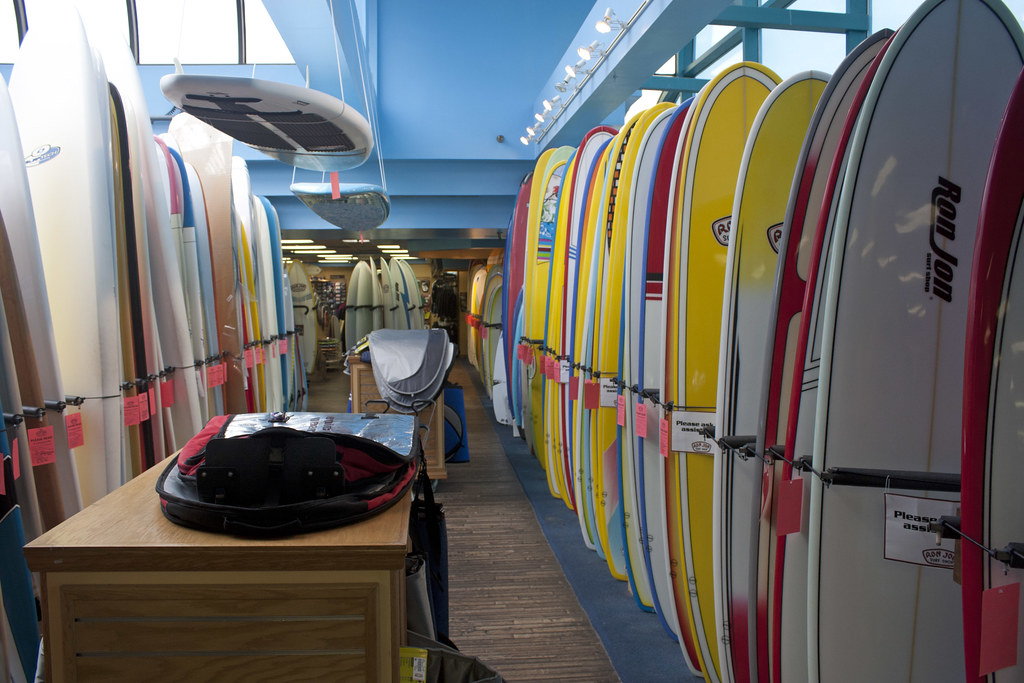
3. **Pioneering the Florida Market: The Cocoa Beach Flagship Store**Two years after opening his first shop in New Jersey, Ron DiMenna recognized the immense potential for growth in Florida, a state synonymous with beaches and an emerging surf scene. In 1963, he made the strategic move to Cocoa Beach, opening a second Ron Jon surf shack, initially characterized by a dirt floor, at Canaveral Pier. This bold expansion marked a critical turning point, leveraging Florida’s inherent appeal for beachgoers and the rapidly developing space industry nearby.
The timing of DiMenna’s arrival in Cocoa Beach was particularly fortuitous, coinciding with a confluence of cultural moments that were catapulting surfing into the national consciousness. The nascent space race at nearby Cape Canaveral, later the Kennedy Space Center, drew thousands of tourists to Brevard County. These visitors, captivated by the Apollo launches, also sought out the area’s pristine, laid-back beaches, providing a ready audience for DiMenna’s vision.
The Cocoa Beach store, located at 3rd Street and A1A, began a remarkable trajectory of growth, eventually taking over the entire strip mall. It evolved into what is today a modern, 52,000-square-foot “temple of all things surfing” at A1A near State Road 520. Billed as the world’s largest surf shop, it offers an extensive array of products, from surfboards and skateboards to T-shirts and beach-themed home décor, attracting nearly two million visitors annually.
This flagship store became more than just a retail outlet; it transformed into a merchandising theme park, rivaling the Kennedy Space Center as a tourist attraction. As Jack Kirschenbaum observed, “People came to Ron Jon’s, like they went to Disney World, to be part of surfing.” This strategic move to Florida, and the subsequent growth of the Cocoa Beach megastore, solidified Ron Jon’s status as a quintessential East Coast surfing destination and a testament to DiMenna’s prescient business instincts.

4. **Beyond Boards: DiMenna’s Vision for a Surfing Lifestyle Empire**Ron DiMenna’s genius extended far beyond merely selling surfboards; he possessed a profound vision to transform surfing from a “nomadic, fringe sport practiced by kids into a mainstream retail juggernaut,” as his friend Jack Kirschenbaum eloquently put it. While many of his contemporaries focused exclusively on equipment for dedicated surfers, DiMenna embraced a broader, more inclusive approach, foreseeing surfing’s potential as a comprehensive lifestyle phenomenon.
He recognized that the allure of surfing extended beyond those who actively rode waves, appealing also to individuals drawn to the culture, aesthetic, and spirit of the beach. This led him to diversify the product offerings at Ron Jon Surf Shop to include active lifestyle apparel and gear. The store became a destination not just for boards, but for beach goods, swimming gear, and an array of “needless wants” – items like surfboard-shaped rugs and turtle-shaped pillows that allowed anyone to embrace the surf-themed lifestyle, regardless of their surfing prowess.
This inclusive approach was revolutionary, democratizing surf culture and propelling it from a niche pastime to a multibillion-dollar global industry. DiMenna understood the power of aspiration and the desire for connection to a particular way of life. By offering merchandise that resonated with both avid surfers and casual beachgoers, he successfully tapped into a much wider demographic, significantly expanding the market for surf-related products.
Through this expansive vision, Ron DiMenna essentially created a cultural phenomenon. He didn’t just sell products; he sold an experience, a piece of the laid-back, adventurous surf lifestyle that captivated millions. This foresight and dedication to a holistic surf-themed retail experience cemented his legacy as a true pioneer who saw possibilities where others saw only limits, turning a sport into a comprehensive lifestyle empire.

5. **The Iconic Brand: How Ron Jon Became a Global Phenomenon**Central to Ron DiMenna’s success was his unparalleled understanding of branding and marketing. The distinctive tiki-style Ron Jon logo became far more than a corporate emblem; it evolved into an East Coast surfing legend, instantly recognizable and widely disseminated. This iconic imagery, splashed on bumper stickers and T-shirts, transcended geographical boundaries, becoming a symbol of surf culture seen “worldwide.”
DiMenna’s marketing strategy was both simple and highly effective, relying heavily on pervasive roadside billboards and a clever incentive: a free Ron Jon sticker with every purchase. This guerrilla marketing approach created a ubiquitous presence for the brand, generating widespread recognition and an aspirational appeal. The sight of the Ron Jon logo on car bumpers across the country, and even, remarkably, photographed aboard the Russian space station Mir, underscores its extraordinary reach and cultural penetration.
The widespread appeal of the Ron Jon brand was a direct result of DiMenna’s ability to tap into the broader cultural zeitgeist. As Duke Boyd, a founder of Hang Ten surf wear, noted, DiMenna “got surfing out of its cool doldrums into the general population,” seeing “very early on the broad vision of surfing, versus the minor one.” This understanding allowed him to create a brand that resonated deeply with both avid participants and those merely inspired by the surf lifestyle.
Through strategic branding and innovative marketing, Ron DiMenna built Ron Jon Surf Shop into more than just a chain of stores; he created a powerful, enduring brand identity. The logo became a badge of belonging, a visible connection to the freedom and excitement of surf culture. This masterful brand-building effort solidified Ron Jon’s place in popular culture, ensuring that DiMenna’s vision would continue to inspire and attract generations of customers and enthusiasts.
Read more about: Unraveling America’s Automotive Ancestry: A Deep Dive into the Oldest Car Brands That Shaped a Nation’s Roads

6. **Timing is Everything: Riding the Wave of Surfing’s Popularity**Ron DiMenna’s strategic expansion into Cocoa Beach in 1963 was not merely a geographical move; it was a masterstroke of timing, placing Ron Jon Surf Shop squarely at the intersection of several powerful cultural currents that propelled surfing into the national consciousness. The late 1950s and early 1960s witnessed a surge in surfing’s popularity, moving it from a regional activity to a mainstream fascination, and DiMenna was perfectly positioned to capitalize on this burgeoning trend.
The widespread appeal of surfing was significantly amplified by popular media. The 1959 movie “Gidget,” often credited with introducing the “original surfer girl” and broadening surfing’s appeal beyond its traditional strongholds of California and Hawaii, created a romanticized image of the sport. This cinematic allure was further cemented by the first “Beach Party” movie in 1963 and, crucially, the 1966 documentary “Endless Summer,” which showcased surfing as an idyllic global adventure.
Simultaneously, the Beach Boys were embarking on their “surfin’ safari,” their harmonious tunes becoming the soundtrack to a carefree, sun-drenched lifestyle that encapsulated the essence of surf culture. These cultural phenomena created an unprecedented appetite for all things surfing, and Ron Jon Surf Shop became a primary conduit for this newfound enthusiasm. The store offered a tangible connection to the aspirational lifestyle depicted in films and celebrated in music.
Moreover, the proximity of Cocoa Beach to Cape Canaveral, then in the throes of the space race, brought a unique demographic of visitors to the area. These tourists, drawn by the marvel of space exploration, often extended their visits to enjoy Florida’s beaches, where they encountered the vibrant world of Ron Jon. This convergence of entertainment, music, and the space-age wonder created a perfect storm for DiMenna’s business, proving that his vision was not just about surfboards, but about an entire cultural moment he shrewdly observed and leveraged.”
, “_words_section1”: “1948

7. **The Enigmatic Persona: Flamboyance and Privacy**Ron DiMenna was often described as an enigmatic figure, a man of profound contradictions. While he cultivated a retail empire whose brand was splashed on bumper stickers and T-shirts seen worldwide, DiMenna himself was intensely private. His life was candidly described as “the stuff of folklore, some true, some exaggerated, but never dull and never ordinary,” a reputation he seemingly embraced by remaining largely out of the public eye.
Indeed, DiMenna famously gave few interviews throughout his career and routinely declined to have his photo taken. This inclination for privacy was so pronounced that when interviewed by an Australian television station, only the back of his head was shown, a detail that further cemented his mysterious allure. This deliberate absence from the spotlight, particularly for a man who built such a public brand, added an undeniable layer to “the myth and mystery of who he was,” as observed by his close friend Jack Kirschenbaum.
This desire for anonymity stood in stark contrast to the ubiquitous presence of his brand. While the Ron Jon logo became an East Coast surfing legend, a visible connection to a carefree lifestyle, the man behind it preferred to operate from the shadows. His choice to remain private, despite his flamboyant entrepreneurial spirit, speaks to a deeply ingrained personal philosophy, distinguishing the public face of his business from his personal existence.
This unconventional approach underscored DiMenna’s independence, demonstrating that he lived life strictly “on his own terms.” As Lloyd D. Levenson, a lawyer who represented Mr. DiMenna, remarked, “He did what he wanted to do, when he wanted to do it and how he wanted to do it.” This inherent willfulness was a defining characteristic, shaping not only his personal conduct but also his unique trajectory as a business magnate.
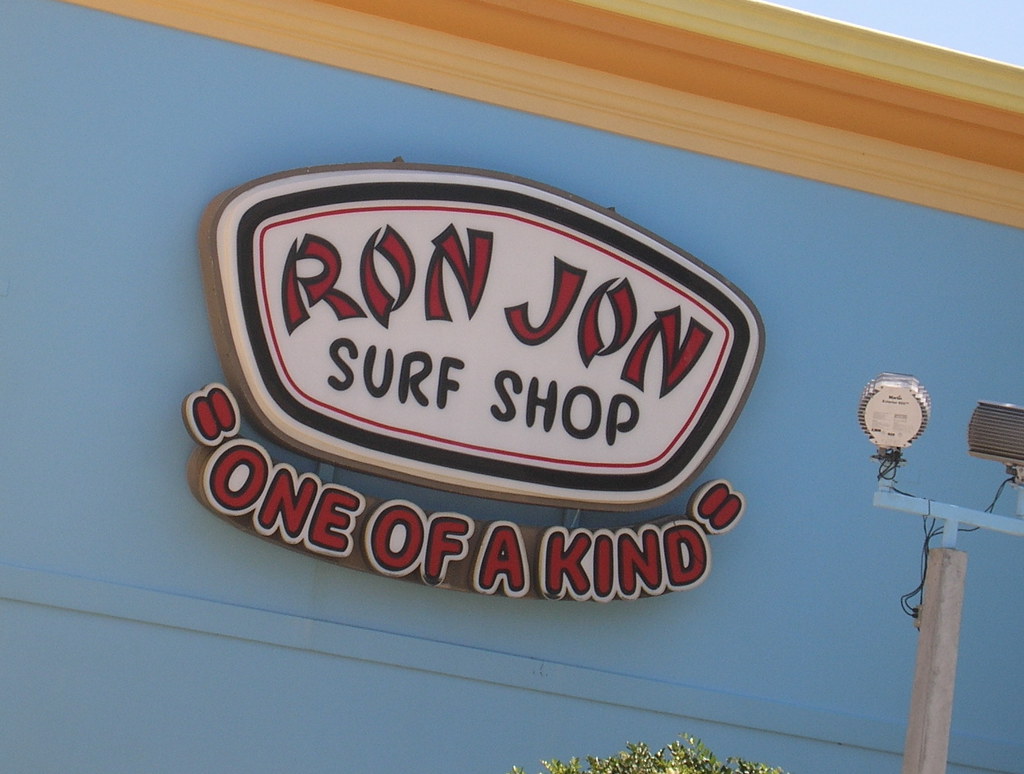
8. **A Life Less Ordinary: Transgressions and Controversies**While Ron DiMenna achieved widespread acclaim as a retail visionary, his life was not without its tumultuous chapters. His prepared obituary candidly acknowledged his reputation as often “controversial” and “transgressive,” a man whose unconventionality sometimes brought him into conflict with the law. These incidents offer a fuller, more complex portrait of the surf pioneer, underscoring his fiercely independent and occasionally reckless nature.
One such widely reported episode in the mid-1970s involved DiMenna pleading guilty to illegal possession of dynamite. He openly acknowledged using the explosives to blast pine trees into the air in New Jersey, once reportedly almost hitting a small plane. DiMenna, ever the eccentric, offered a unique justification to The Orlando Sentinel in 1987, stating, “It didn’t hurt anyone and you got a neat sensation, seeing the landscape rearrange itself in front of you. I know it sounds crazy, but you have to try it before you knock it.”
Later, in 1987, he faced drug and gun possession charges after a former Ron Jon employee died of an apparent drug overdose near his mobile home in New Jersey. These charges were subsequently dismissed. During this period, upset that his luxury motor home had been impounded, DiMenna, with characteristic mischief, reportedly bought an identical vehicle and deliberately drove it around the police station, aiming to create the impression he had broken into the impound lot, according to his lawyer, Mr. Levenson.
His legal troubles continued, with DiMenna spending more than a year in prison in New Jersey in the 1970s following a drug possession conviction. Public records also indicate charges for driving under the influence in the early 2000s and a domestic battery charge in 2013, which was dismissed after his wife requested prosecutors not to proceed and the couple underwent counseling. Despite these personal challenges, Malcolm R. Kirschenbaum, the Ron Jon company’s chairman, offered a perspective on DiMenna’s ultimate success, noting, “He was successful in his business. He put his mind to it, and he made a success of his personal life.”
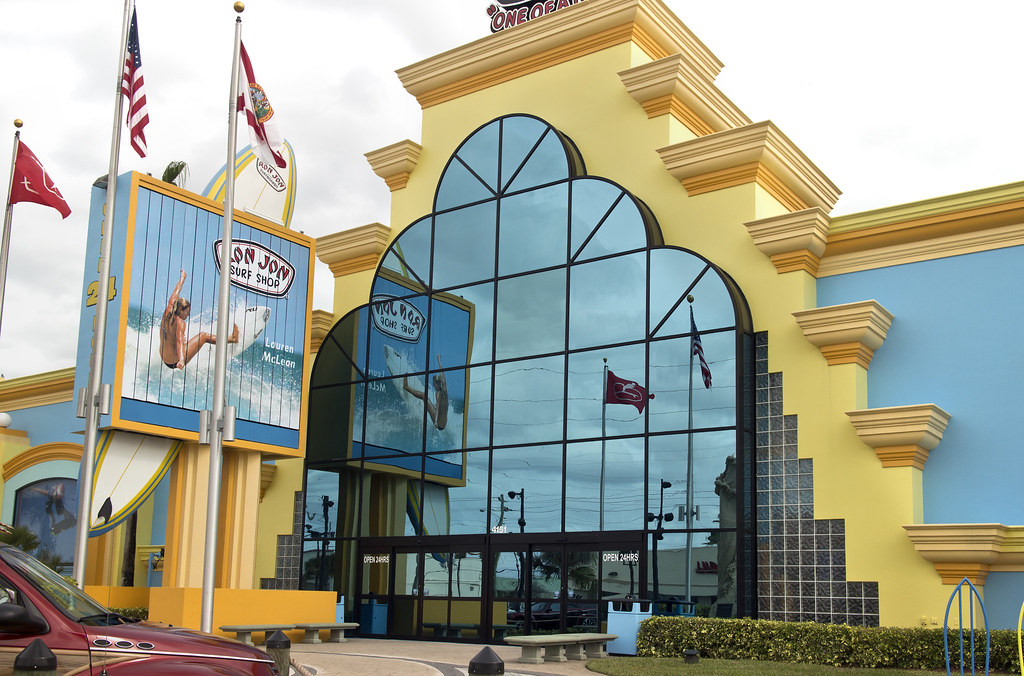
9. **Philanthropic Spirit: Championing Beach Preservation and Community**Despite the complex facets of his public and private life, Ron DiMenna demonstrated a profound commitment to philanthropy, particularly in areas close to his heart: environmental preservation and community well-being. These contributions, often made quietly and behind the scenes, underscore a charitable spirit that shaped a significant part of his legacy.
In 2008, DiMenna, together with his wife, Lynne (Klinger) DiMenna, founded Surfing’s Evolution & Preservation Foundation. This nonprofit organization was established with a vital mission: to support groups dedicated to protecting the health of Florida’s beaches and addressing critical issues such as coastal pollution and beach ecology. The foundation actively raises funds through the sale of the “Endless Summer” specialty license plate, ensuring a continuous financial stream for its important work.
His dedication to conservation extended beyond the foundation. Jack Kirschenbaum, a close friend, revealed that DiMenna remained private, yet actively contributed “millions of dollars to the Brevard Zoo” and quietly championed beach preservation efforts. These actions illustrate a consistent, albeit understated, commitment to the natural environments that were so integral to the surf lifestyle he promoted and profited from.
Furthermore, following his release from prison in 1977, DiMenna became an advocate for anti-drug initiatives. He actively helped fund programs such as DARE in middle schools across Ocean County, New Jersey. This personal experience fueled his efforts to disseminate anti-drug messages through Ron Jon billboards and radio advertising campaigns in both New Jersey and Florida, showcasing a commitment to rehabilitation and public education. In 1994, his drug conviction was pardoned by Governor Jim Florio of New Jersey, a significant moment that DiMenna reflected upon by stating, “What the pardon tells me, more than anything else, is that surfing’s ‘bad boy’ image has been forgiven.”

10. **The Enduring Retail Empire: Ron Jon’s Continued Legacy**Even with the passing of its visionary founder, the Ron Jon Surf Shop Corporation is set to continue its operations seamlessly, a testament to the robust foundation DiMenna meticulously built. Michele Goodwin, President of Ron Jon Surf Shop, affirmed that “nothing will change in the company’s day-to-day operations,” assuring that “Ron’s vision and legacy will live on for generations through Ron Jon Surf Shop and Surfing’s Evolution & Preservation Foundation.”
Today, the expansive retail chain continues to thrive, maintaining its status as a major lifestyle-apparel and board-sports-equipment retailer. The company boasts 12 stores, with annual sales exceeding $50 million, a remarkable achievement that underscores its market dominance. Its geographic footprint spans seven locations in Florida, including its headquarters in Cocoa Beach and Key West, in addition to its original location in New Jersey. Further expanding its reach, Ron Jon operates stores in Maryland, Alabama, and South Carolina.
Central to this enduring success is the flagship Cocoa Beach store. This immense 52,000-square-foot facility is far more than a retail outlet; it functions as a “merchandising theme park.” It welcomes nearly two million visitors annually, drawing crowds that rival even the Kennedy Space Center as a tourist attraction. This “temple of all things surfing” offers an unparalleled array of products, from surfboards and skateboards to beach-themed home décor, epitomizing DiMenna’s vision of a holistic surf lifestyle.
The original Ron Jon Surf Shop in Ship Bottom on Long Beach Island, New Jersey, though undergoing transformations like its recent demolition and replacement, continues to embody the brand’s pioneering spirit. This initial modest cinder-block building eventually evolved into a multi-story surf emporium, famously housing one of the world’s longest surfboards, measuring over 24 feet. This continuous evolution and widespread presence demonstrate how DiMenna’s entrepreneurial ingenuity cemented Ron Jon Surf Shop as an indelible fixture in surf and retail history.

11. **A Global Surfing Ambassador: International Ventures and Influence**Ron DiMenna’s influence extended far beyond the shores of New Jersey and Florida, positioning him as an unwitting global ambassador for surf culture. His personal adventures and keen business acumen played a significant role in expanding the reach and appeal of surfing on an international scale, challenging its traditional geographic confines.
At one point in his life, this surfing pioneer embarked on a remarkable journey, moving to Australia, a continent renowned for its formidable coastal waves. While there, he traversed the continent in a uniquely outfitted motor home. This period of international engagement was not merely personal travel; it coincided with his businesses continuing to boom stateside, and he played a pivotal role in “opening the American market to Australian beach and surf-themed products,” as noted in his obituary.
The global penetration of the Ron Jon brand itself became legendary. Its distinctive tiki-style logo, ubiquitous on bumper stickers and T-shirts across the East Coast, achieved an almost mythical status when it was, quite remarkably, “once photographed aboard the Russian space station Mir.” This extraordinary reach speaks volumes about the brand’s widespread appeal and how deeply it resonated across diverse cultures and even beyond Earth’s atmosphere.
This international impact was a direct manifestation of DiMenna’s foresight. As Duke Boyd, a founder of Hang Ten surf wear, observed, DiMenna “got surfing out of its cool doldrums into the general population,” possessing a “broad vision of surfing, versus the minor one.” His approach fundamentally democratized surf culture, transforming it from a niche activity into a global phenomenon that captivated millions, regardless of their proximity to an ocean.

12. **Living on His Own Terms: The Adventurous Spirit**Ron DiMenna’s life was a master class in living with unbridled independence, guided by an adventurous spirit that permeated both his personal endeavors and his business philosophy. Michele Goodwin, President of Ron Jon Surf Shop, aptly summarized this defining characteristic: “He lived life on his own terms and created a retail empire that remains one of the most successful beach shopping destinations in the country.”
This unconventional ethos was perhaps best encapsulated by his choice of personal transport for operating his empire: an “unforgettable 42-foot-long luxury motorhome.” This custom-painted vehicle, designed to resemble a 1940s woody station wagon, was fondly dubbed “the world’s largest woody,” a playful testament to his unique style. It was a fusion of innovation and whimsy, a mobile command center that reflected his adventurous and creative spirit.
By embracing such a distinctive lifestyle, DiMenna demonstrated that life and business need not adhere to conventional norms. His journey from selling surfboards out of a car to managing a sprawling retail chain from a bespoke motorhome illustrated a belief that passion and personality could be integrated into every aspect of an entrepreneur’s path. He proved that an adventurous, creative, and unconventional approach could lead to extraordinary success and a memorable life.
Ron DiMenna’s passing marks the end of a truly remarkable chapter in surf and retail history, yet his spirit, much like the ocean he so deeply loved, remains ever-present, in motion, and boundless. His legacy is etched not only in the foundations of a retail empire and a philanthropic vision but also in the hearts of countless individuals inspired by his audacious journey from a young surfer with a dream to a worldwide icon who truly lived life on his own terms.


